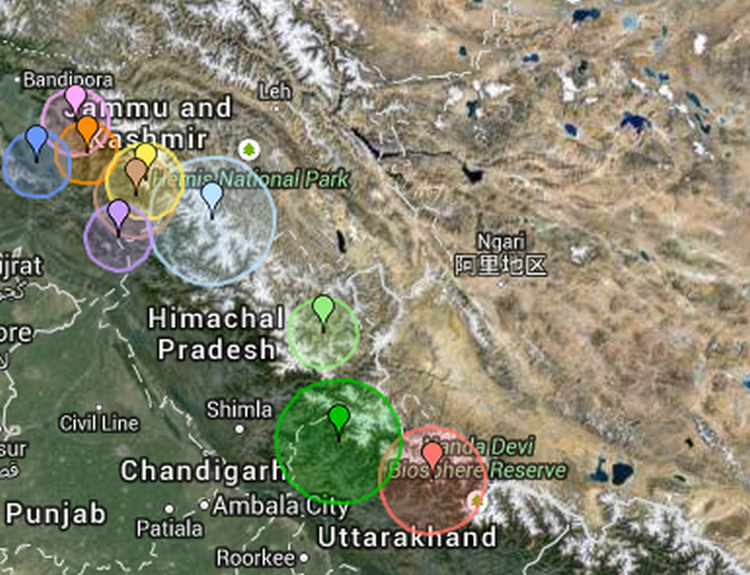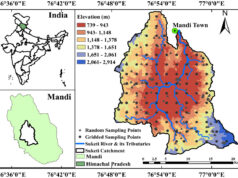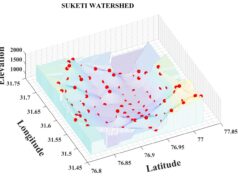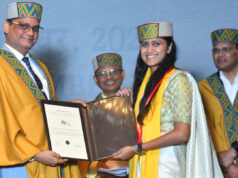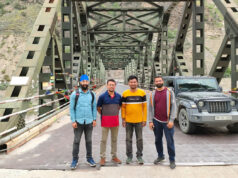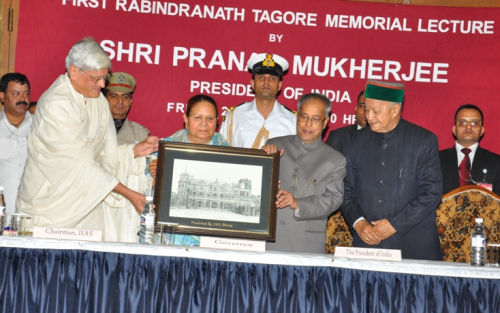A recent study conducted by researchers at the Indian Institute of Technology (IIT) Mandi has unveiled groundbreaking insights into how animals navigate back to their homes after foraging. The study, which utilized small, programmable robots to mimic animal behaviour, has the potential to transform autonomous vehicle navigation and search and rescue operations.
The research highlights how animals, such as homing pigeons, sea turtles, and monarch butterflies, undertake long and complex journeys to return to their birthplaces. These animals use various strategies, including path integration and environmental cues like smells, landmarks, and the Earth’s magnetic field, to navigate their way home. However, the influence of random factors, or “noise,” on their navigation has remained an area of ongoing scientific inquiry.
To explore this phenomenon, the IIT Mandi research team designed small robots, approximately 7.5 cm in diameter, equipped with sensors to detect objects and light. These robots were programmed to locate a “home” marked by the brightest light source, navigating their environment with independently controlled wheels. By adjusting their paths based on light intensity, the robots effectively mimicked the homing behaviour of certain animals.
The study’s findings revealed that a certain level of randomness, combined with occasional ‘resets’ where the robots reoriented directly toward home, enhanced the efficiency of their navigation. These results were further validated through computer simulations, showing that beyond an optimal level of randomness, the duration of homing remained unaffected.
Dr. Harsh Soni, Assistant Professor at the School of Physical Sciences, IIT Mandi, emphasized the broader implications of this research. “These findings could inform the development of better navigation systems for autonomous vehicles and improve search and rescue missions. Additionally, the study offers valuable insights into cellular dynamics, where similar processes might be at play,” he explained.
The study, published in the journal PRX LIFE, involved a collaboration of experts from multiple institutions. Dr. Harsh Soni from IIT Mandi, along with Dr. Arnab Pal and Arup Biswas from The Institute of Mathematical Sciences, Chennai, contributed to the theoretical and numerical aspects. The experimental work was led by Dr. Nitin Kumar and Somnath Paramanich from IIT Bombay.
This research provides a new perspective on the physics of homing behaviour and opens up exciting possibilities for both biological studies and technological advancements. As the findings continue to be explored, they could pave the way for more efficient autonomous systems that can navigate complex environments with the precision of nature.



